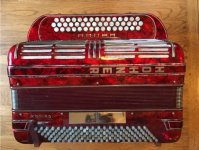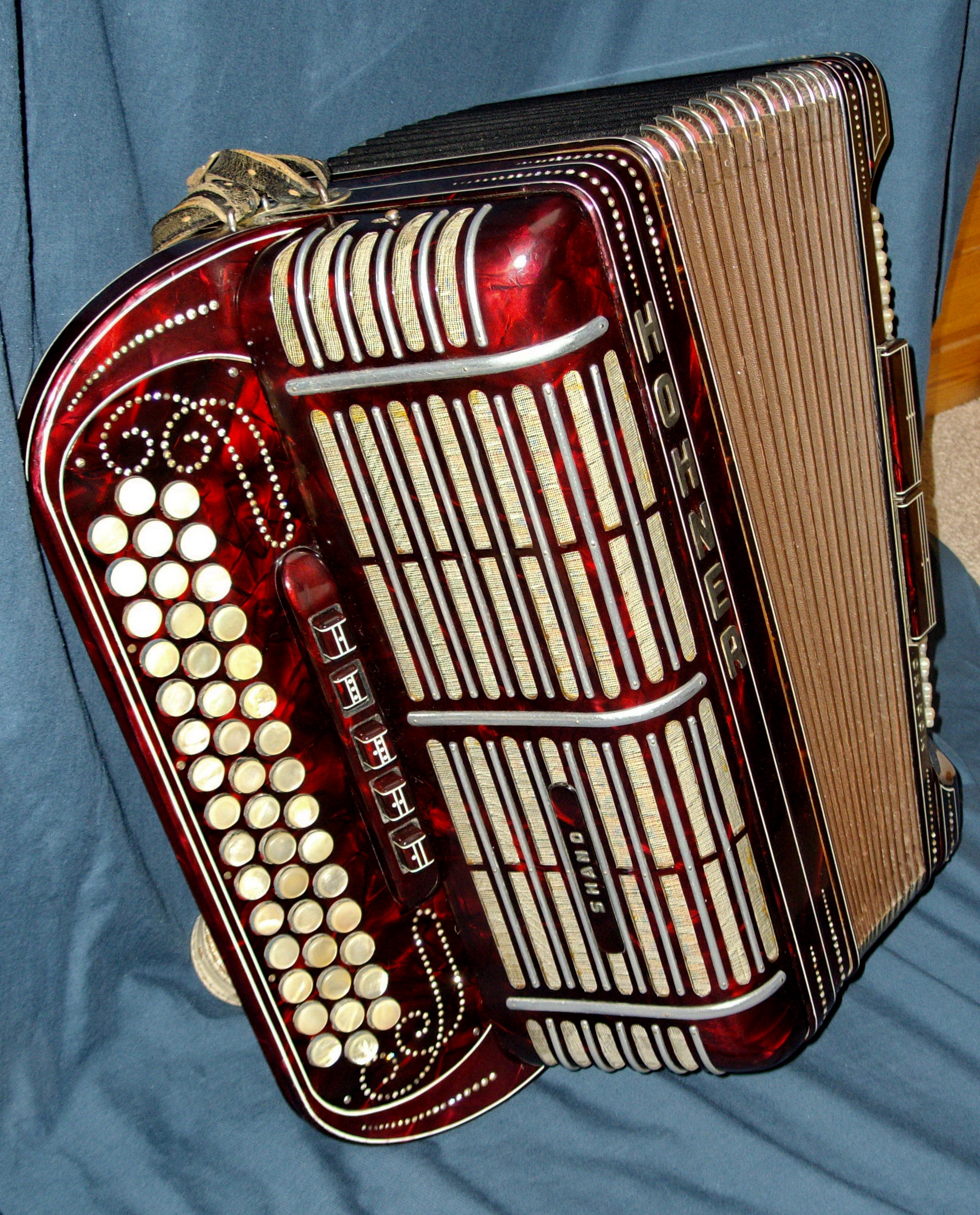boxplayer4000
Prolific poster
After a long time listening to, repairing accordions and talking to their owners I have come to realize
that there’s a very wide range of hearing ability and perceptions.
I’d be interested to know if any of our accordion fanatics would be confident in identifying an accordion (maker, model etc.) simply by sound alone; having no sight of the accordion or player at all.
All of our perceptions depend on our 5 senses and when one is removed we’re much reduced in our capacity to decide.
that there’s a very wide range of hearing ability and perceptions.
I’d be interested to know if any of our accordion fanatics would be confident in identifying an accordion (maker, model etc.) simply by sound alone; having no sight of the accordion or player at all.
All of our perceptions depend on our 5 senses and when one is removed we’re much reduced in our capacity to decide.


